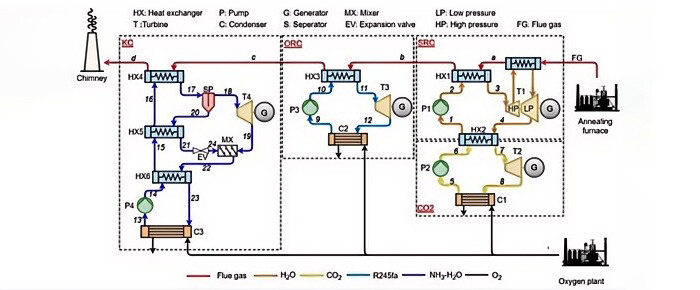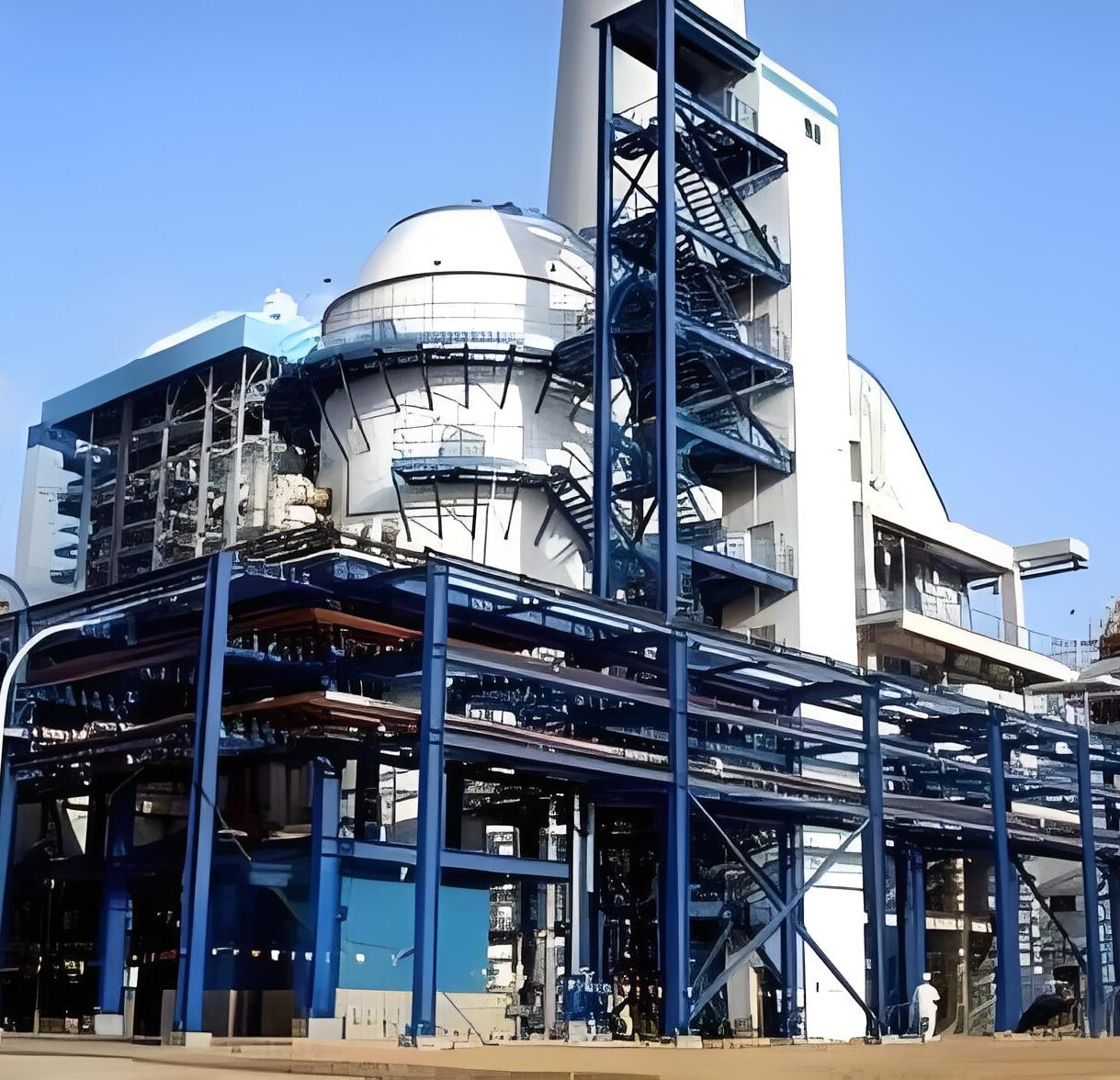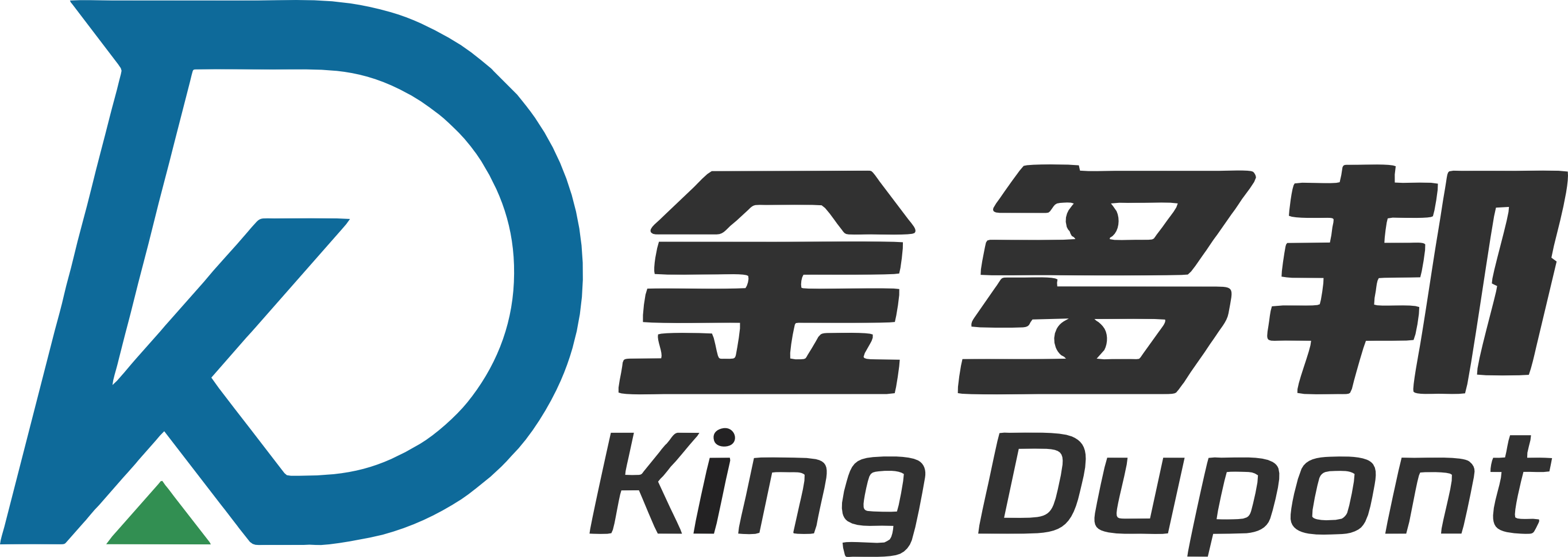Application of KDP Plate Heat Exchangers in the Metallurgical Industry
Application of KDP Plate Heat Exchangers in the Metallurgical Industry:
Process Flows and Material Requirements for Plates and Gaskets
Plate heat exchangers (PHEs) are widely used in the metallurgical industry for cooling, waste heat recovery, and medium heating due to their high heat transfer efficiency and compact design. They are particularly suitable for extreme conditions involving high temperatures and corrosive environments. Below is a detailed explanation of their applications, process flows, and material requirements for plates and gaskets.

Typical Process Flows and Applications in Metallurgy
Ironmaking Process
Blast furnace cooling water systems, waste heat recovery from hot blast stoves.
Cooling of blast furnace wall circulating water (80–120°C), requiring resistance to scaling and corrosion.
Recovery of waste heat from hot blast stove exhaust gases (containing SO₂ and dust, 300–500°C).
Steelmaking Process
Converter/EAF (Electric Arc Furnace) flue gas cooling, secondary cooling water for continuous casting machines.
Rapid cooling of converter flue gas (from 1000°C to below 200°C to prevent dioxin formation).
Cooling water circulation for continuous casting (containing iron oxide scale and oil, requiring anti-clogging design).
Rolling Process
Lubricating oil cooling for rolling mills, waste heat utilization from annealing furnace exhaust.
Stabilizing rolling oil temperature (40–60°C to avoid viscosity changes).
Heat exchange with annealing furnace exhaust (containing acidic condensate, pH 2–4).
Non-Ferrous Metal Smelting (Copper, Aluminum, Zinc)
Electrolyte heating/cooling, waste heat recovery from smelting furnace flue gas.
Temperature control of copper electrolyte (60–70°C, containing H₂SO₄ and Cu²⁺).
Cooling of aluminum smelting furnace flue gas (containing HF and Al₂O₃ dust, highly corrosive).

Plate Material Selection Criteria and Comparisons
Metallurgical environments are extremely harsh, requiring plates to withstand high temperatures, corrosion, and erosion. Common materials include:
Design Considerations:
Wide flow channels (e.g., "herringbone") for flue gas to prevent dust clogging.
≥0.8mm for corrosive media; ≥1.2mm for erosion-prone flue gas side.
(SCC: Stress Corrosion Cracking)
Gasket Material Selection
Metallurgical gaskets must endure high temperatures, oils, acids/alkalis, and particulate abrasion. Common materials:
Key Considerations:
Use high-elasticity FKM gaskets in high-vibration rolling mills.
Must withstand HNO₃/HF mixed cleaning agents in pickling lines.
KDP Case Studies and Maintenance Guidelines
Case 1: Copper Electrolyte Heating
Titanium (resists H₂SO₄ and Cu²⁺).
FKM (acid-resistant and flexible).
Monthly inspection for scaling on the electrolyte side.
Case 2: Blast Furnace Gas Waste Heat Recovery
2205 duplex steel (resists SO₂ and Cl⁻ in flue gas).
PTFE-coated (high-temp resistant and anti-fouling).
Flue gas side flow channels widened to 8mm to prevent ash buildup.

Best Practices:
Add scale inhibitors to cooling water; maintain flow velocity >0.5 m/s.
Drain exchangers in winter to prevent cracking in cold climates.
Plate heat exchangers surpass traditional heat exchangers in the four major pain points of the metallurgical industry: high-temperature corrosion, dust clogging, energy efficiency improvement, and convenient maintenance. They are particularly suitable for:
Its comprehensive life cycle cost can be reduced by 35-50% compared to shell and tube, making it the preferred solution for energy-saving upgrades in the metallurgical industry.

King DuPont, China famous brand of heat transfer and fluid handling supply platform.
Contact

Get Free Quotes
NEED TO CHAT?
We will get back to you within 24 hours of receiving the message.

